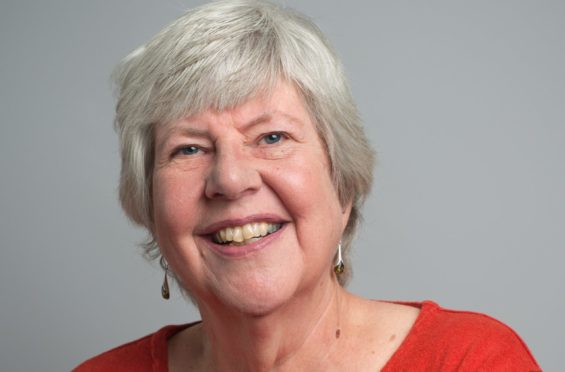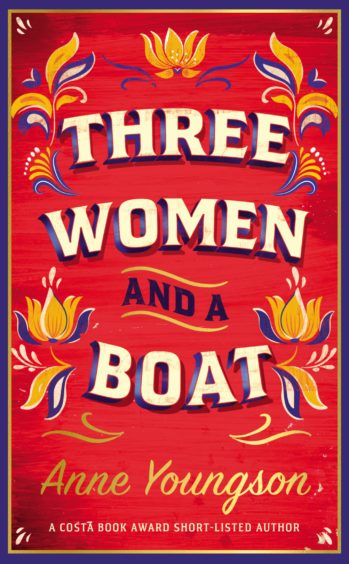
Author Anne Youngson makes no apologies for the fact she “doesn’t do dramatic”.
So anyone who hasn’t read the grandmother’s work might wonder just how her debut, Meet Me At The Museum, landed the inaugural Paul Torday Prize for writers over 60, and was also shortlisted for the Costa Best First Novel Award.
It seems the retired motor industry project manager’s modus operandi is fail-safe. Beautifully written, Three Women And A Boat is a book of endings and of new beginnings; a witty, honest, tender and uplifting look to what the future might hold for those who care – and dare – to grasp it, irrespective of their stage of life.
Eve and Sally meet for the first time on a canal towpath. Eve is walking away from a 30-year engineering career, while housewife Sally is turning her back on an indifferent husband and decades of tedious domesticity.
Cue elderly and fiercely independent narrowboat owner Anastasia, whose vessel they agree to take on as she awaits a life-saving operation. As their journey begins and the literal and figurative ups-and-downs of canal life emerge, the women’s stories gently unfold and a potential new future dawns.
Youngson, 73, a rare female senior executive in a world of men, took early retirement to focus on her lifetime passion of writing. She tells P.S: “I wanted to write a book about a journey… but not something dramatic; I don’t do dramatic, just people who want to sort out who they are and what they do next.”

Having enjoyed many years of canal boat holidays and with a sister who lived on a barge, she reveals: “I was familiar with how slow and thought-provoking travelling by canal is. There is something about being in that situation that stops you pondering on the past. With every journey, all of the everyday things cease to be important, all that matters is what you are seeing and experiencing, everything else is put on hold.
“And that’s where that I wanted these characters to be, on hold. I do feel very strongly that we owe it to ourselves to make the most of the years we’ve been given. Sometimes we just give up on ourselves.”
She smiles: “There is this myth that if you’re over 30 nobody is going to publish you because you are just not interesting enough. That is patently not true. The publishing industry and the reading public is interested in good books.
“People ask if I wished I’d started writing professionally earlier but I wouldn’t have wanted to miss the career that I had. It was quite mind opening, challenging and fulfilling.
“One of the things about being a writer, though, is I now know that I know what I am talking about all of the time because I am talking about my own books.
“When you are in a working environment, every meeting you go to you are slightly anxious that someone is going to challenge the research you have done or try to side-line your opinion; especially if you are a woman.
“When things go badly, women tend to apologise and men tend to blame someone else.
“I think we are hard-wired to think we are not going to quite come up to scratch.
“Much as I enjoyed working with men, now I see and speak to many more women, and I didn’t know what I was missing. I enjoy that.”
Anne Youngson – Three Women And A Boat, Doubleday, £14.99

Enjoy the convenience of having The Sunday Post delivered as a digital ePaper straight to your smartphone, tablet or computer.
Subscribe for only £5.49 a month and enjoy all the benefits of the printed paper as a digital replica.
Subscribe